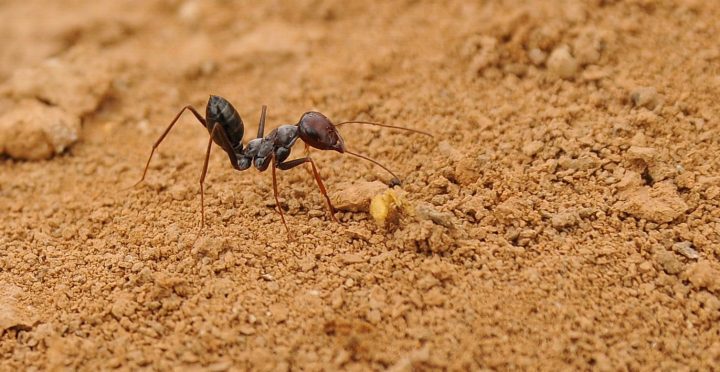Chemically Assemble Polymers
We might think that complex polymers are the result of human industrial ingenuity, but nature cornered the market on polymers billions of years earlier. Examples of biopolymers are proteins, carbohydrates, and genetic material. In contrast to human industrial processes, within a cell, ribosomes covalently bond amino acids together to form proteins.
Chemically Break Down Polymers
The vast majority of biochemical assembly and breakdown processes–even by the most complex organisms–occur within cells. In fact, cells are able to perform hundreds, even thousands of chemical transformations at the same time under life-friendly conditions (ambient temperature and pressure in an aqueous environment). For example, one of the biochemical pathways that break down proteins into their constituent amino acids is the protease enzyme-catalyzed processes that occur within the confined space of the lysosome–a membrane bound organelle in eukaryotic cells.
Sense Chemicals (Odor, Taste, etc.) From the Environment
Chemicals are important for signaling and communication among living systems, either intentionally (such as when two living systems try to find one another) or unintentionally (such as when a plant emits a chemical signal that an herbivore can use to find a tasty bite). They are also important for other uses, such as navigating or finding sources for minerals. But chemical signals are often relatively weak and disperse when moving through water or gases. Therefore, detecting them requires specialized abilities, including a way to determine where they are coming from. A well known example of sensing chemicals can be seen in ants following a pheromone trail laid down by others in their colony to locate a quality and abundant food source.





